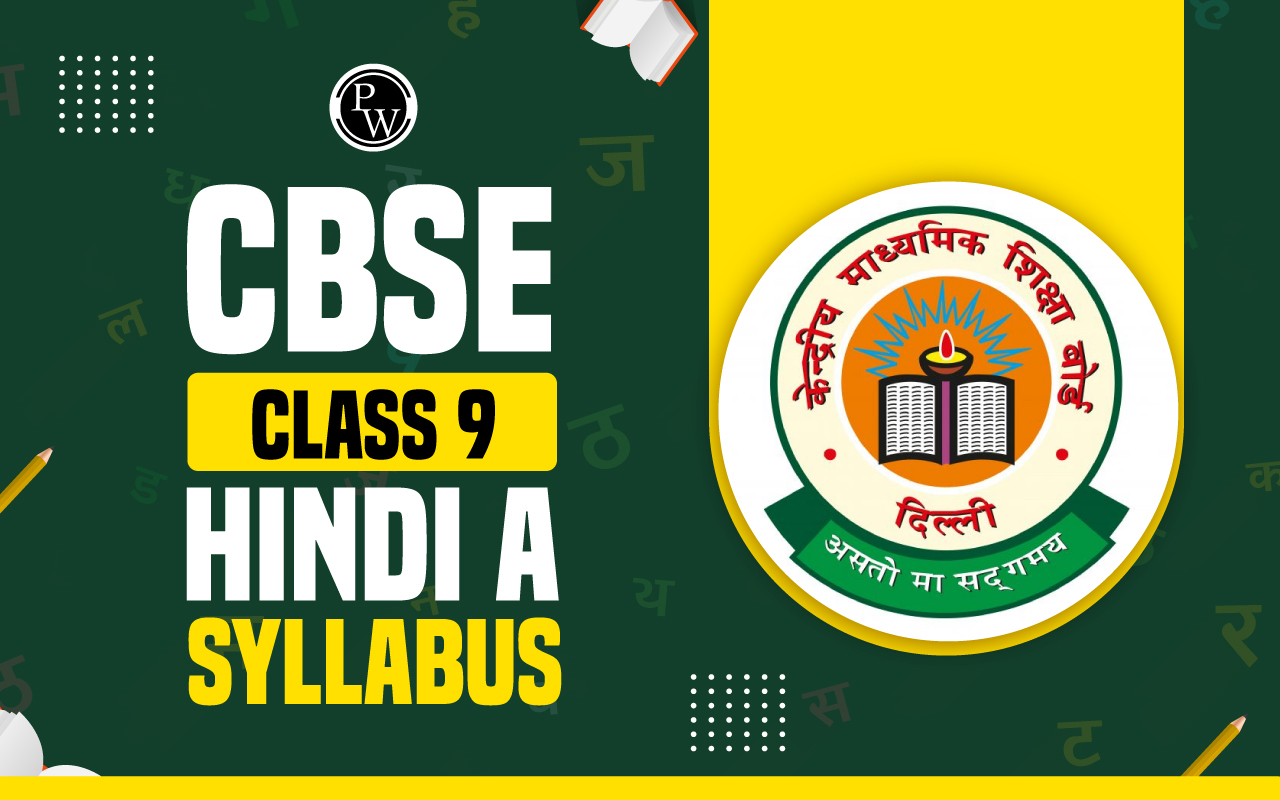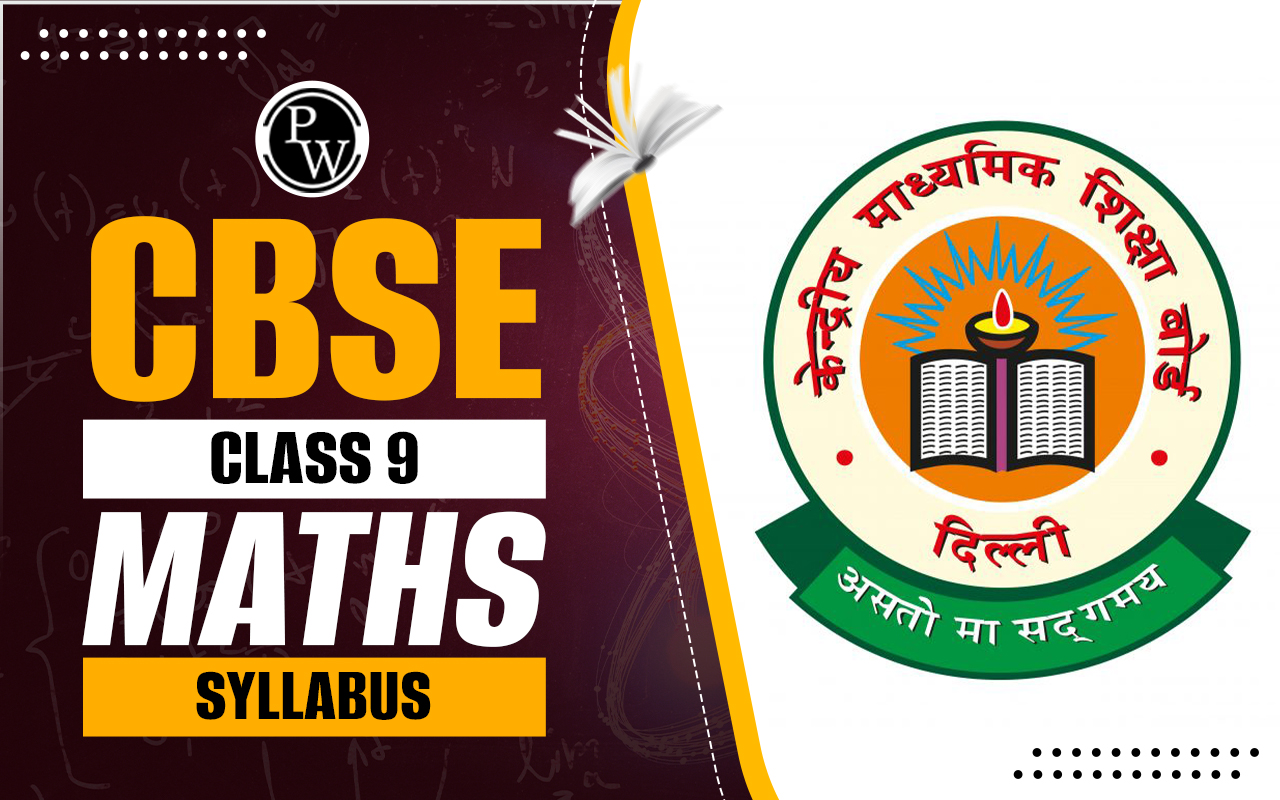
CBSE Class 9 Geography Notes Chapter 1 Size and Location: In CBSE Class 9 Geography, Chapter 1 "India - Size and Location" covers basic details about India's geography and where it is located.
The chapter explains India's diverse landforms like mountains, plains, plateaus, and coastlines. It also discusses India's location in South Asia and its neighboring countries. This chapter helps students understand India's geographical features and why its location is important globally. It's the starting point for learning more about India's geography in later chapters.CBSE Class 9 Geography Notes Chapter 1 Size and Location Overview
These notes for CBSE Class 9 Geography Chapter 1, "Size and Location," are created by experts at Physics Wallah. The chapter explains India's diverse landforms like mountains, plains, plateaus, and coastlines, and discusses how these features affect its climate, vegetation, and economy. Understanding India's geographical position is important for grasping its cultural diversity, economic importance, and relationships with neighboring countries.CBSE Class 9 Geography Notes Chapter 1 Size and Location PDF
You can access the PDF link for CBSE Class 9 Geography Notes Chapter 1 on "Size and Location" below. Whether you're studying for exams or enhancing your understanding of geography, these notes are a valuable resource to grasp fundamental concepts effectively.CBSE Class 9 Geography Notes Chapter 1 Size and Location PDF
CBSE Notes Class 9 Geography Chapter 1 India – Size and Location
Here we have provided CBSE Notes Class 9 Geography Chapter 1 India Size and Location for the ease of students so that they can prepare better for their exams.Location
Benefits of CBSE Class 9 Geography Notes Chapter 1 Size And Location
- Clear Conceptual Understanding : The notes help in understanding fundamental concepts such as the geographical size of India, its location, and the impact of these factors on the country's diversity and climate.
- Structured Learning : They provide a structured approach to learning the chapter, summarizing key points, definitions, and diagrams that aid in easy comprehension.
- Exam Preparation : These notes are designed to assist students in preparing for exams by focusing on important topics, facilitating revision, and improving retention of information.
- Time-Saving : Students can save time as the notes condense complex information into concise and understandable summaries, making revision efficient.
- Comprehensive Coverage : The notes cover all essential aspects of the chapter, including geographical features, latitudinal and longitudinal extent, and their significance in India's geography.
- Clarity in Key Concepts : They clarify key concepts such as the Tropic of Cancer, equator, and standard time, ensuring students grasp the significance of these geographical elements.
| CBSE Class 9 Geography Notes Chapter-wise List |
|---|
| Chapter 1: India – Size and Location |
| Chapter 2: Physical Features of India |
| Chapter 3: Drainage |
| Chapter 4: Climate |
| Chapter 5: Natural Vegetation and Wildlife |
| Chapter 6: Population |
CBSE Class 9 Geography Notes Chapter 1 FAQs
What is the geographical extent of India?
India extends from approximately 8°4’N to 37°6’N latitude and 68°7’E to 97°25’E longitude, encompassing diverse geographical features.
How does the Tropic of Cancer divide India?
The Tropic of Cancer passes through the central part of India, dividing it into almost two equal halves.
What is India's rank in terms of global land area?
India is the 7th largest country in the world by land area, covering about 2.4% of the Earth's total geographical area.
What are the major physical features that define India's boundaries?
India is bounded by the Himalayas in the north, the Arabian Sea in the west, the Bay of Bengal in the east, and the Indian Ocean in the south.
What is the significance of the Standard Meridian of India?
The Standard Meridian of India passes through Mirzapur (Uttar Pradesh) at 82°30’E longitude, serving as the reference point for the Indian Standard Time (IST).
🔥 Trending Blogs
Talk to a counsellorHave doubts? Our support team will be happy to assist you!

Free Learning Resources
PW Books
Notes (Class 10-12)
PW Study Materials
Notes (Class 6-9)
Ncert Solutions
Govt Exams
Class 6th to 12th Online Courses
Govt Job Exams Courses
UPSC Coaching
Defence Exam Coaching
Gate Exam Coaching
Other Exams
Know about Physics Wallah
Physics Wallah is an Indian edtech platform that provides accessible & comprehensive learning experiences to students from Class 6th to postgraduate level. We also provide extensive NCERT solutions, sample paper, NEET, JEE Mains, BITSAT previous year papers & more such resources to students. Physics Wallah also caters to over 3.5 million registered students and over 78 lakh+ Youtube subscribers with 4.8 rating on its app.
We Stand Out because
We provide students with intensive courses with India’s qualified & experienced faculties & mentors. PW strives to make the learning experience comprehensive and accessible for students of all sections of society. We believe in empowering every single student who couldn't dream of a good career in engineering and medical field earlier.
Our Key Focus Areas
Physics Wallah's main focus is to make the learning experience as economical as possible for all students. With our affordable courses like Lakshya, Udaan and Arjuna and many others, we have been able to provide a platform for lakhs of aspirants. From providing Chemistry, Maths, Physics formula to giving e-books of eminent authors like RD Sharma, RS Aggarwal and Lakhmir Singh, PW focuses on every single student's need for preparation.
What Makes Us Different
Physics Wallah strives to develop a comprehensive pedagogical structure for students, where they get a state-of-the-art learning experience with study material and resources. Apart from catering students preparing for JEE Mains and NEET, PW also provides study material for each state board like Uttar Pradesh, Bihar, and others
Copyright © 2025 Physicswallah Limited All rights reserved.
Get App









